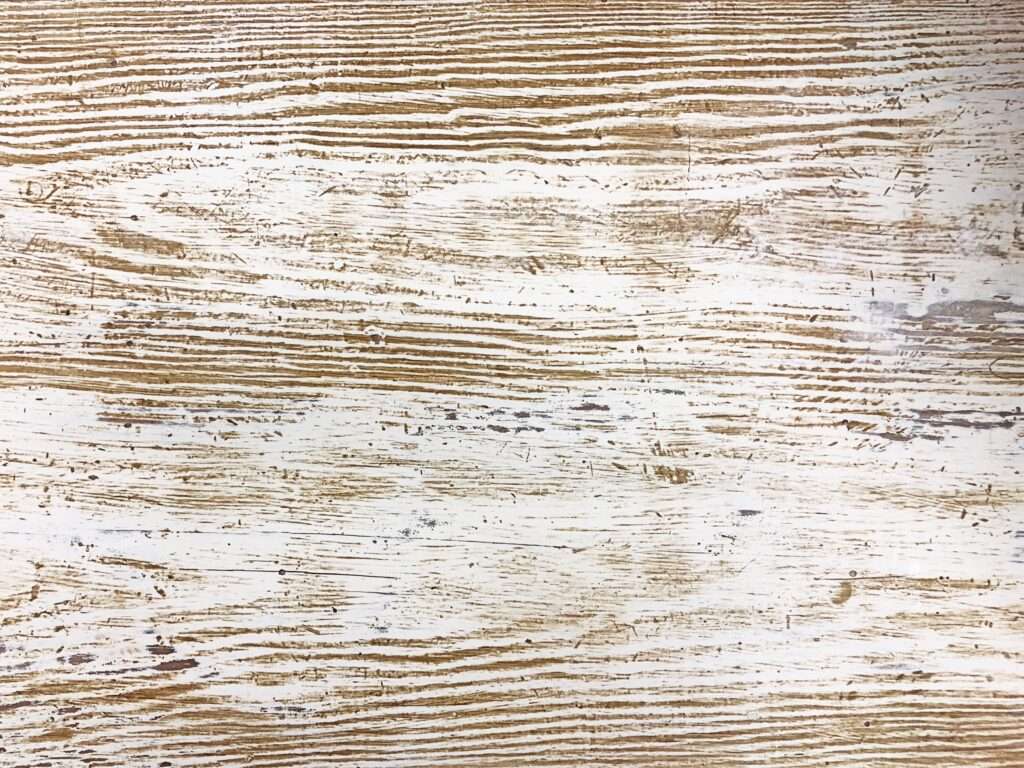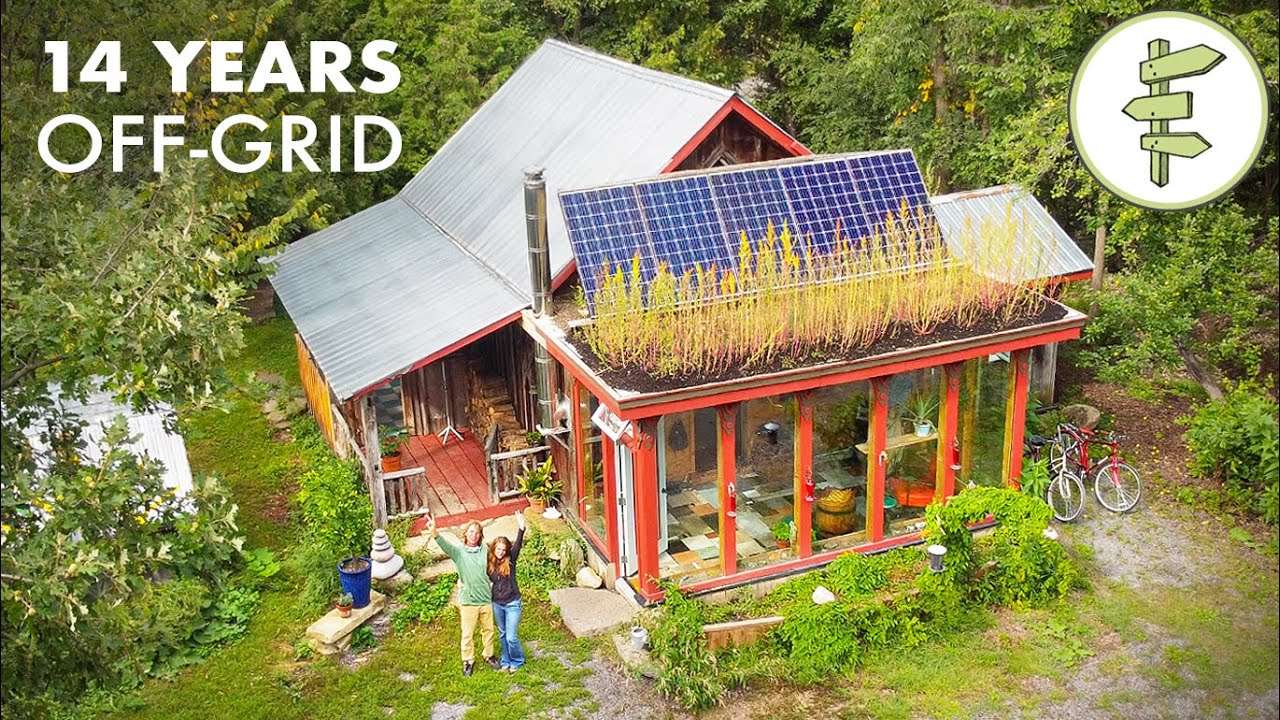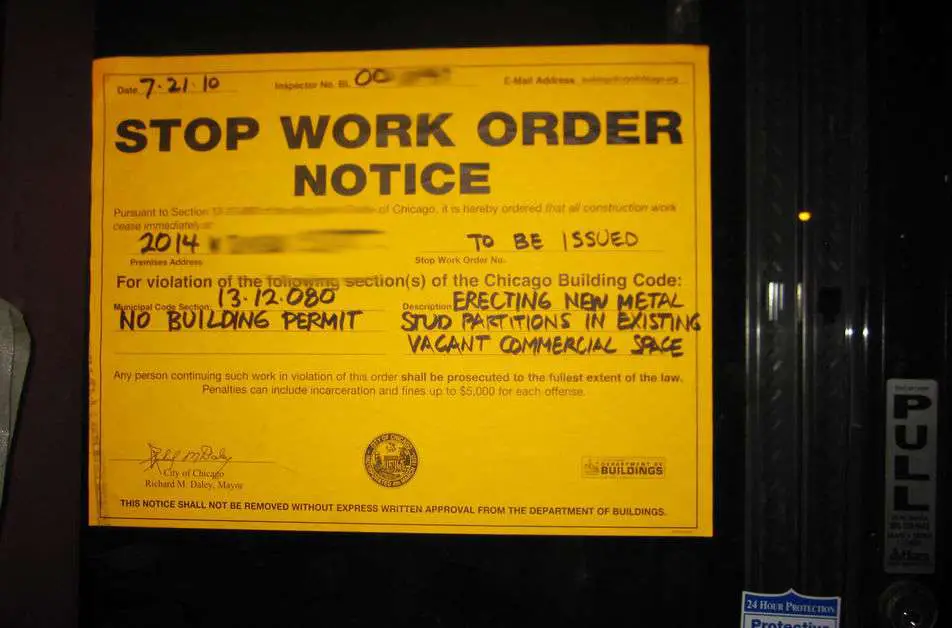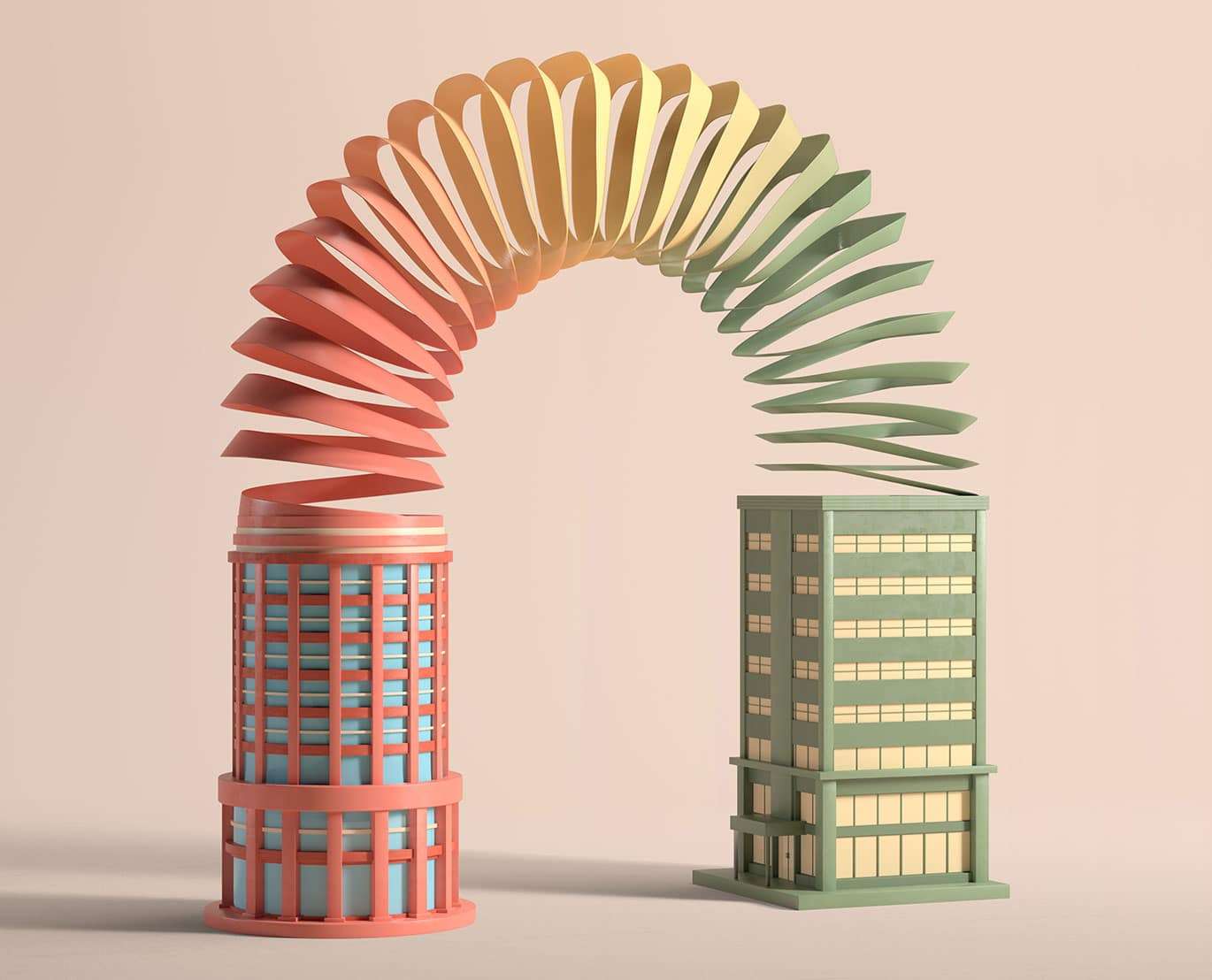In the realm of off-grid living, shipping containers have become a popular choice for those seeking an alternative lifestyle. As people contemplate transforming these metal giants into humble abodes or innovative workspaces, a question often arises: do shipping containers have wood floors? This inquiry, rooted in the practicality and feasibility of repurposing these containers, has sparked interest and fueled debates amongst enthusiasts of the shipping container movement. By exploring the construction and use of these containers, we can unravel the truth behind the presence or absence of wood floors within these steel behemoths.
History of Shipping Containers
Introduction of Shipping Containers
Shipping containers revolutionized the world of international trade when they were first introduced in the 1950s. Before the advent of shipping containers, cargo had to be individually loaded and unloaded onto ships, which was a time-consuming and labor-intensive process. The introduction of standardized shipping containers streamlined this process, allowing for easy transport and handling of goods. Initially, these containers were made primarily of wood and had wooden floors.
Evolution of Shipping Container Floors
Over time, there have been significant advancements in the construction and materials used for shipping container floors. Manufacturers have experimented with various flooring options to enhance durability, reduce maintenance, and improve overall performance. From traditional wood flooring to newer alternatives such as steel, aluminum, and bamboo, each type of flooring has its own unique characteristics and benefits.
Types of Shipping Container Floors
Plywood Flooring
Plywood is one of the most commonly used materials for shipping container floors. It is composed of thin layers of wood veneer glued together, creating a strong and sturdy surface. Plywood floors are known for their durability and versatility, making them ideal for shipping containers. They provide excellent strength and can withstand heavy loads, ensuring the safety and integrity of the cargo. Plywood floors are also relatively affordable compared to other flooring options, making them a popular choice among shipping companies.
Bamboo Flooring
Bamboo flooring has gained popularity as a sustainable and eco-friendly alternative to traditional wood flooring. Bamboo is a fast-growing grass that can be harvested in a shorter time compared to hardwood trees. It offers similar strength and durability to wood flooring but with the added advantage of being more sustainable. Bamboo flooring can be used in shipping containers, providing a renewable and environmentally-friendly flooring option.
Steel Flooring
Steel flooring is a robust choice for shipping containers, especially when carrying heavy and bulky cargo. Steel floors offer exceptional strength and are highly resistant to impact, puncture, and wear. They also provide excellent fire resistance, which is crucial for transporting potentially hazardous materials. However, steel floors can be susceptible to corrosion if not properly coated or maintained.
Aluminum Flooring
Aluminum flooring is lightweight, durable, and resistant to corrosion, making it an attractive option for shipping container floors. It offers a high level of strength and stability, making it suitable for various cargo types. Aluminum floors also have excellent thermal properties, providing excellent insulation and temperature regulation. However, they can be more expensive compared to other flooring options.

Advantages of Wood Floors in Shipping Containers
Strength and Durability
Wood floors in shipping containers have proven to be strong and durable, capable of withstanding heavy loads and rough handling during transportation. The structural integrity of wooden flooring provides a solid base for securing cargo and ensures that it remains intact throughout the shipping process.
Cost-effectiveness
Compared to other flooring options, wood floors are often more cost-effective. The materials required for wooden flooring are readily available and relatively inexpensive, making them a budget-friendly choice for shipping container manufacturers and operators.
Insulation Properties
Wood has natural insulation properties, allowing it to help regulate temperature and humidity within the shipping container. This can be particularly beneficial when transporting goods that require stable environmental conditions, such as perishable items or sensitive electronics.
Ease of Maintenance
Maintaining wood floors in shipping containers is relatively straightforward. Regular cleaning, occasional refinishing, and repairs are typically sufficient to keep the floors in good condition. Wood floors can be easily repaired if damaged, making them a convenient and practical choice.
Disadvantages of Wood Floors in Shipping Containers
Susceptibility to Moisture
One significant drawback of wood floors in shipping containers is their susceptibility to moisture. If subjected to excessive moisture or water exposure, wood can absorb moisture and become prone to rotting, warping, or developing mold and mildew. This moisture vulnerability requires extra precautions and regular inspections to ensure the integrity and longevity of wooden flooring.
Requirement of Regular Treatment
To enhance the durability and moisture resistance of wood floors, regular treatment with sealants and finishes is necessary. This additional maintenance can be time-consuming and may add to the overall costs of maintaining a shipping container fleet.
Vulnerable to Pests and Insects
Wood floors can attract pests and insects if not properly protected. These pests can cause damage to the flooring, compromising its structural integrity and potentially causing problems with cargo. Regular pest control measures may need to be implemented to prevent infestations and maintain the condition of the wood floors.

Other Flooring Options in Shipping Containers
Other Metal Flooring
In addition to steel and aluminum flooring, other metal options such as corrugated metal sheets or diamond plate flooring are available for shipping containers. These metal flooring options offer excellent strength, durability, and resistance to wear and tear. However, they may be more expensive and are not as widely used as wood or other metal flooring choices.
Epoxy Coatings
Epoxy coatings can be applied to various flooring materials, including wood, to enhance their durability and moisture resistance. Epoxy-coated floors provide a protective barrier, making them less susceptible to damage from moisture or chemicals. They can provide a seamless and highly durable flooring surface, suitable for shipping containers with specific needs or cargo types.
Vinyl Flooring
Vinyl flooring is a synthetic flooring option that offers numerous benefits for shipping containers. It is highly resistant to moisture, easy to clean, and durable, making it suitable for various cargo types. Vinyl flooring comes in a wide range of colors and patterns, allowing for customization and aesthetic appeal.
Rubber Flooring
Rubber flooring is known for its excellent impact resistance and cushioning properties. It offers a non-slip surface, making it ideal for shipping containers that transport heavy or delicate items that require additional protection. Rubber flooring is also easy to clean and maintain, ensuring a safe and hygienic environment within the shipping container.
Wood Floor Construction in Shipping Containers
Installation Process
The installation process for wood floors in shipping containers involves several steps. First, the container’s original flooring, typically plywood or bamboo, is inspected and removed if necessary. Next, the wooden floorboards are cut to fit the container’s dimensions and screwed or nailed into place. It is crucial to ensure that the flooring is securely fastened to prevent movement during transportation.
Sealing and Finishing
To enhance moisture resistance and durability, wood floors in shipping containers require sealing and finishing treatments. This involves applying sealants or protective coatings to the floorboards, preventing moisture absorption and reducing the risk of damage. Additional finishes, such as varnish or paint, can be applied to improve the aesthetic appeal and further protect the wood.

Maintenance of Wood Floors in Shipping Containers
Regular Cleaning
Wood floors in shipping containers should be regularly cleaned to remove dirt, debris, and spills. This can be done using a broom, mop, or vacuum cleaner, depending on the extent of dirt or dust accumulation. Regular cleaning helps maintain the appearance of the wood and prevent the buildup of grime that could lead to scratches or stains.
Moisture Control
To minimize the risk of moisture damage, it is important to control humidity levels within shipping containers. This can be achieved by using dehumidifiers or ensuring proper ventilation to prevent condensation. Additionally, periodic inspections should be conducted to identify and address any signs of water leaks or moisture intrusion.
Refinishing and Repairs
Over time, wood floors in shipping containers may show signs of wear and tear. Refinishing involves sanding the surface to remove imperfections and applying a fresh layer of sealant or finish to restore its appearance and protection. If any floorboards become damaged or warped, they should be promptly repaired or replaced to prevent further deterioration.
Cost of Wood Floors in Shipping Containers
Initial Installation Cost
The initial cost of installing wood floors in shipping containers is generally lower compared to alternative flooring options such as steel or aluminum. This makes wood flooring an attractive choice for shipping container manufacturers or operators working within a limited budget.
Long-term Expenses
While wood floors may be more affordable to install initially, their long-term expenses can be higher due to regular maintenance requirements. The cost of sealants, finishes, cleaning supplies, and occasional refinishing or repairs should be taken into account when evaluating the overall expenses associated with wood floors in shipping containers.
Environmental Impact of Using Wood Floors in Shipping Containers
Sustainability of Wood
The sustainability of wood used for shipping container floors depends on responsible harvesting practices and the use of certified sustainable sources. Wood derived from well-managed forests, where trees are selectively harvested and replanted, can contribute to a more eco-friendly approach to shipping container construction.
Alternative Eco-friendly Options
For those concerned about the environmental impact of using wood floors in shipping containers, alternative options such as bamboo, which is a fast-growing and renewable resource, or vinyl flooring made from recycled materials, can be considered. These alternatives provide comparable strength and durability while minimizing the ecological footprint.
Conclusion
Shipping container floors have evolved significantly since their introduction, with wood floors remaining a popular and cost-effective choice. Despite their susceptibility to moisture and pests, wood floors offer several advantages, including strength, insulation properties, ease of maintenance, and affordability. However, it is essential to consider alternative flooring options, such as steel, aluminum, and eco-friendly materials like bamboo or vinyl, to meet specific cargo requirements or environmental concerns. The construction, maintenance, and environmental impact of shipping container floors should be carefully evaluated to ensure optimal performance and sustainability in the ever-growing world of global trade.




